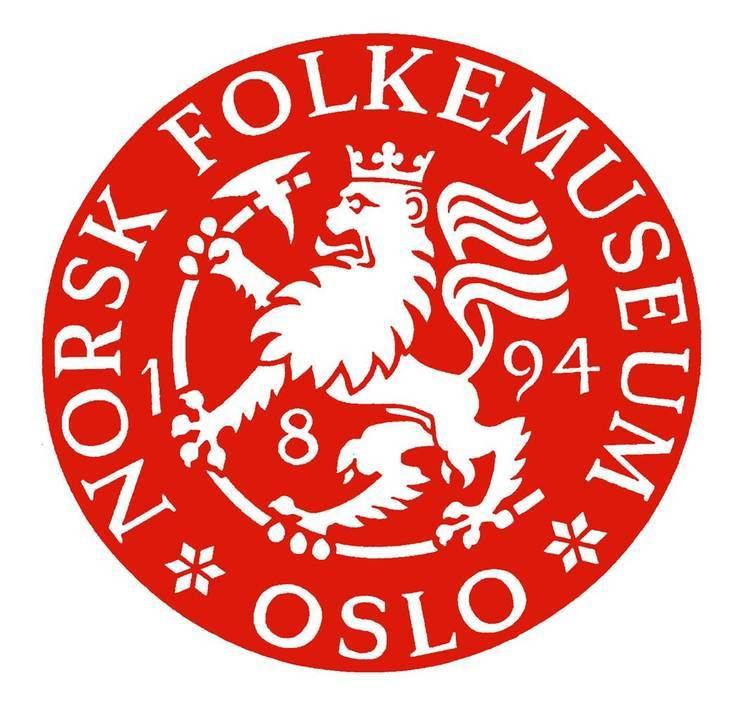Phone +47 22 12 37 00 | ||
 | ||
Hours Open today · 11AM–3PMMonday11AM–3PMTuesday11AM–3PMWednesday11AM–3PMThursday11AM–3PMFriday11AM–3PMSaturday11AM–4PMSunday11AM–4PM Similar Viking Ship Museum, Kon‑Tiki Museum, Akershus Fortress, Vigeland Museum, Holmenkollen Ski Museum Profiles | ||
Oslo norweskie muzeum ludowe norsk folkemuseum norwegian museum of cultural history
Norsk Folkemuseum (Norwegian Museum of Cultural History), at Bygdøy, Oslo, Norway, is a museum of cultural history with extensive collections of artifacts from all social groups and all regions of the country. It also incorporates a large open-air museum with more than 150 buildings, relocated from towns and rural districts.
Contents
- Oslo norweskie muzeum ludowe norsk folkemuseum norwegian museum of cultural history
- Norwegian museum of cultural history norsk folkemuseum picture of the norwegian museum
- History
- References
The Norwegian Museum of Cultural History is situated on the Bygdøy peninsula near several other museums, including the Viking Ship Museum; the Fram Museum; the Kon-Tiki Museum; and the Norwegian Maritime Museum.
Norwegian museum of cultural history norsk folkemuseum picture of the norwegian museum
History
Norsk Folkemuseum was established in 1894 by librarian and historian Hans Aall (1867-1946). It acquired the core area of its present property in 1898. After having built temporary exhibition buildings and re-erected a number of rural buildings, the museum could open its gates to the public in 1901. In 1907, the collections of King Oscar II, on the neighbouring site, was incorporated into the museum. Its five relocated buildings, with the Gol Stave Church in the centre, is recognized as the world's first open-air museum, founded in 1881.
Hans Aall was the director until his death in 1946. Under his leadership the museum experienced a substantial growth of its area, staff, collections, buildings and number of visitors. Reidar Kjellberg became Director of the museum in 1947 and remained museum director until he retired, in 1974. From 1990 until 2000, Erik Rudeng was the director. The director since 2001 is Olav Aaraas.
Among the museum's more significant buildings are the 13th-century Gol Stave Church, which was incorporated into the Norsk Folkemuseum in 1907. The Gol Stave Church is one of five medieval buildings at the museum, which also includes the 14th-century Rauland farmhouse (Raulandstua) and the 1865 tenement building relocated from 15 Wessels gate in Oslo. Seven of the nine flats show typical interiors from various periods of the 19th and 20th centuries, including a flat inhabited by an immigrant family from Pakistan as it was furnished in 2002. In 1951, the Sami collections in the Ethnographic Museum of the University of Oslo were transferred to the Norsk Folkemuseum.
The museum also possesses a large photographic archive, including a significant portion of the works of Anders Beer Wilse. In 2004, the administration of the adjacent Bygdøy Royal Estate was transferred to the museum. Throughout its existence, research has focused on building and furniture, clothing and textiles, technical and social culture, agriculture, working memory and Sami culture.
